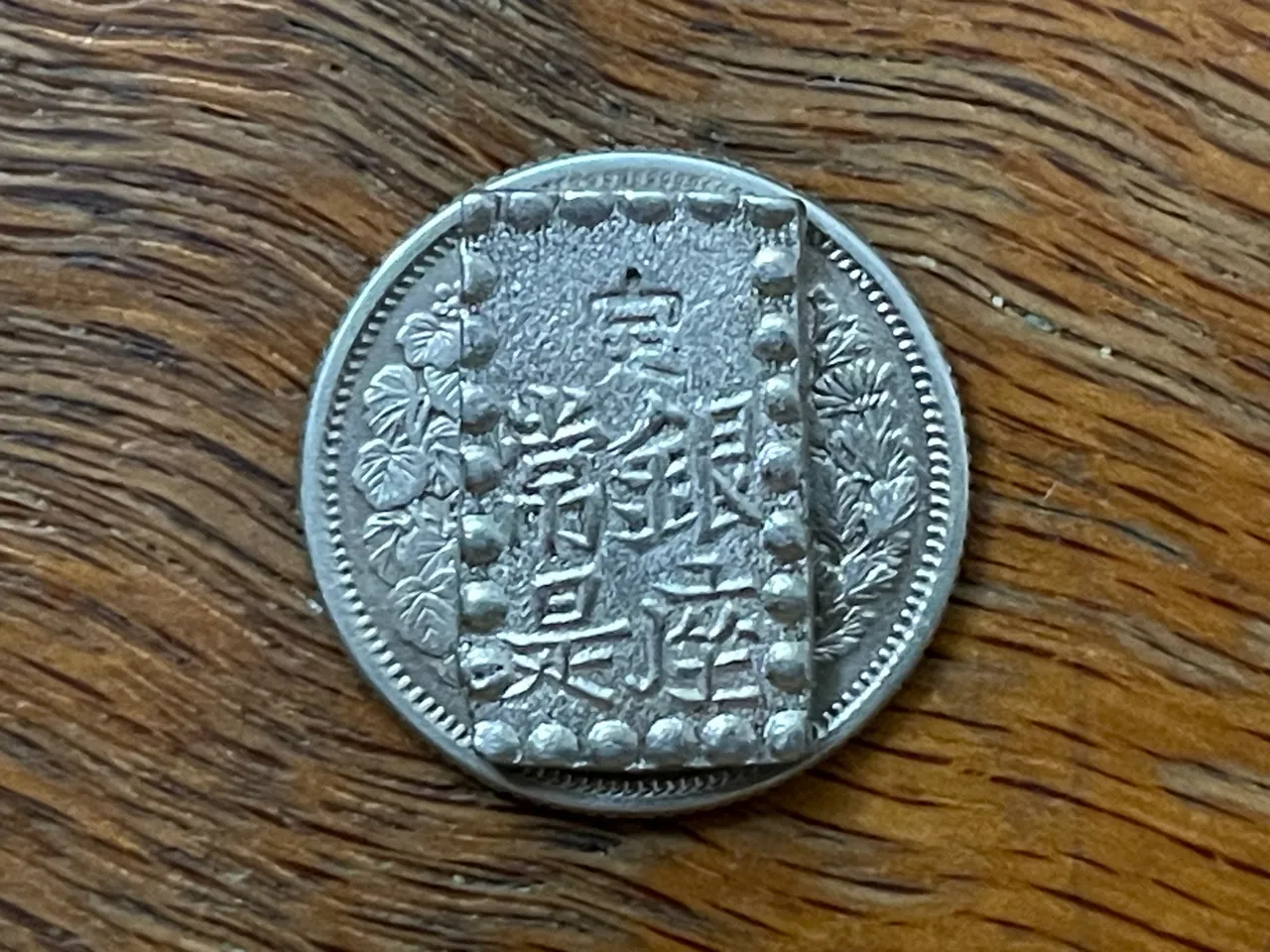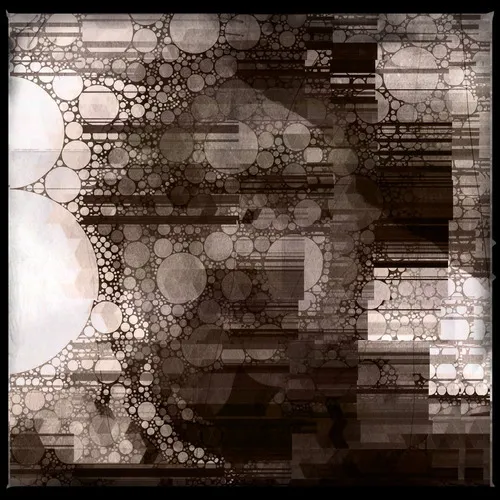Hello Silver & Gold stackers! Another week and I have another Japanese coin for you! This is an interesting one.
This comes from 1853, called a Kaei Isshugin. I'll talk about the name and value below, but for now let's just enjoy the coin.

Yep, a rectangular coin. It's tiny, mostly silver, did I mention tiny. Let's explore!
Stats
Some basic coin stats for you:
- weight: 1.89 g
- Size: 15 × 9 mm
- Thickness: 1.5 mm
- edge: reeded (kind of)
It is .9680 silver. A few sites I checked say the rest of copper with a tiny bit of gold, but I can't see anything official. Mostly silver, anyway.
Let's look at the coin a little more.
Front Side


That reads isshugin (一朱銀), or "1 silver shu".
Back Side


The top character 定 (jō) means "guaranteed". The other four are read vertically from right to left. That gives us: ginza (銀座), "silver mint", and jōze (常是), "mint inspector/official".
About
To give you a better idea on the size, here it is laying on top of a 10 sen coin, which is also the same size as a US dime.


There is no date, but we know these started to be minted in the last two years of the Kaei era (1853, 1854), hence they are called Kaei Isshugin. In romanized Japanese i is pronounced ee and e is pronounced eh. That pronunciation fits with most romance languages, but it doesn't fit with English pronunciation, so be careful. In full it might sound something like this: Kah-ay ee-shu-geen
The Edo coinage system was divided into 4 main units ryō - bu - shu - mon and were all set to be multiples of 4.
1 ryō which was a gold coin equaled 4 bu, 16 shu, and 4000 copper mon. The bu and shu could be silver or gold and their size and weight would vary depending on which material they were made with.
So you see 1 shu = 1/16 ryō = 1/4 bu = 250 mon.
At the time of the Kaei Isshugin, which was minted from 1853 until 1865, this coin would have been equal to a day's wage for a construction worker, to give you an idea of the value.
Being so tiny, it must have been easy to misplace. Then again, given the value, I'm sure regular people would have been extra careful with it.
At the time the common form of dress was the kimono. I'm sure you all have seen kimono before; they don't have pockets. Most people kept their money in small purses that they would tie to their obi (kimono belt). These were simple cloth drawstring bags for working stiffs, called kinchaku (巾着). Richer folk would use fancier lacquerware containers called sagemono ( 提げ物), also tied to their obi.
Overall

Interesting coin. Unfortunately collectors are all over this coin, making it not really a good value for silver stacking. It only has a melt value of about $1.50, but it will cost you around $20 or more to get your hands on it. Very interesting for the history, though. I don't think I'll be buying any more of these old Edo coins unless I spot a deal, but I'm glad to have this one.
❦
 |
David LaSpina is an American photographer and translator lost in Japan, trying to capture the beauty of this country one photo at a time and searching for the perfect haiku. |
